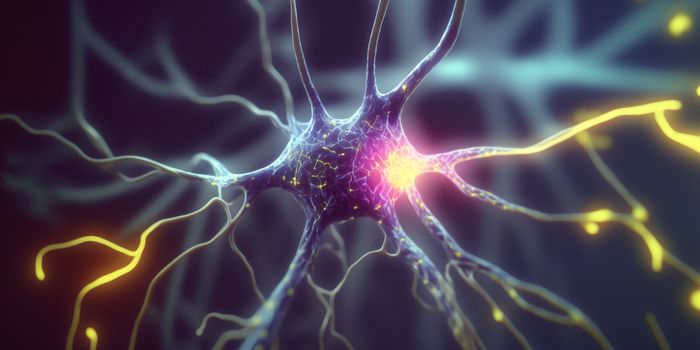Inflammation during pregnancy can affect normal brain development
During pregnancy the growing embryo and fetus undergo remarkable and quick developmental. Around 5 weeks after conception, the embryo has developed the neural tube, which later becomes the baby’s spinal cord and brain. During these early developmental periods environmental factors can impact the fetuses’ growth trajectory. For example, lack of folic acid in early pregnancy can prevent closure or proper development of the neural tube which leads to severe birth defects. These findings have prompted further investigation into the environmental influences that can impact pregnancy and affect the developing fetus.
Many studies have identified maternal factors that impact the development of the brain, i.e. neurodevelopment, in the growing fetus. One example is air pollution, which can lead to premature birth and low birthweight and lead to neurodevelopmental delays. Interestingly, one study found that mothers who used air purifiers in their house during pregnancy were less likely to have a toddler with a developmental delay.
Another factor that can impact brain development is maternal inflammation. Maternal inflammation is closely associated with neurodevelopmental disorders such as autism spectrum disorders. Maternal inflammation can occur from common illnesses such as the flu and in most other diseases including COVID19. However, the exact mechanisms by which maternal inflammation can lead to neurodevelopmental issues in the developing fetus is unclear. One recent study published in the journal Immunity identified one factor that may play a role in the aberrant neurodevelopment following maternal inflammation.
Interleukin-6 is an important protein that is produced when there is damage to the body or during infection, especially during viral infections. In the current study, the researchers were building off previous studies that showed that elevations in maternal interleukin-6 led to abnormal social and repetitive behavior in the offspring, which are synonymous with behaviors in autism spectrum disorders. However, it was previously unclear why and how these behavioral abnormalities developed following maternal inflammation. As such, the researchers aimed to understand the underlying alterations in the brain that may lead to altered behavior in the offspring of mothers who were exposed to elevated interleukin-6.
In this study, the researchers injected pregnant mouse moms with interleukin-6 and when they gave birth, they looked at the brains of the offspring. They found that the brains of the offspring of mothers with elevated interleukin-6 displayed enhanced excitatory signaling and overall brain hyperconnectivity. The authors state that the increased number of excitatory contacts and hyperconnectivity is a pathological hallmark of neurodevelopmental disorders in humans. Because there are currently no pharmacological tools for the prevention of neurodevelopmental disorders, this study provides insight into one possible pathway that can be targeted in drug development for the treatment and prevention of these disorders.
Sources: Cleveland Clinic; CDC; March of Dimes; nature; Immunity; frontiers in microbiology;








